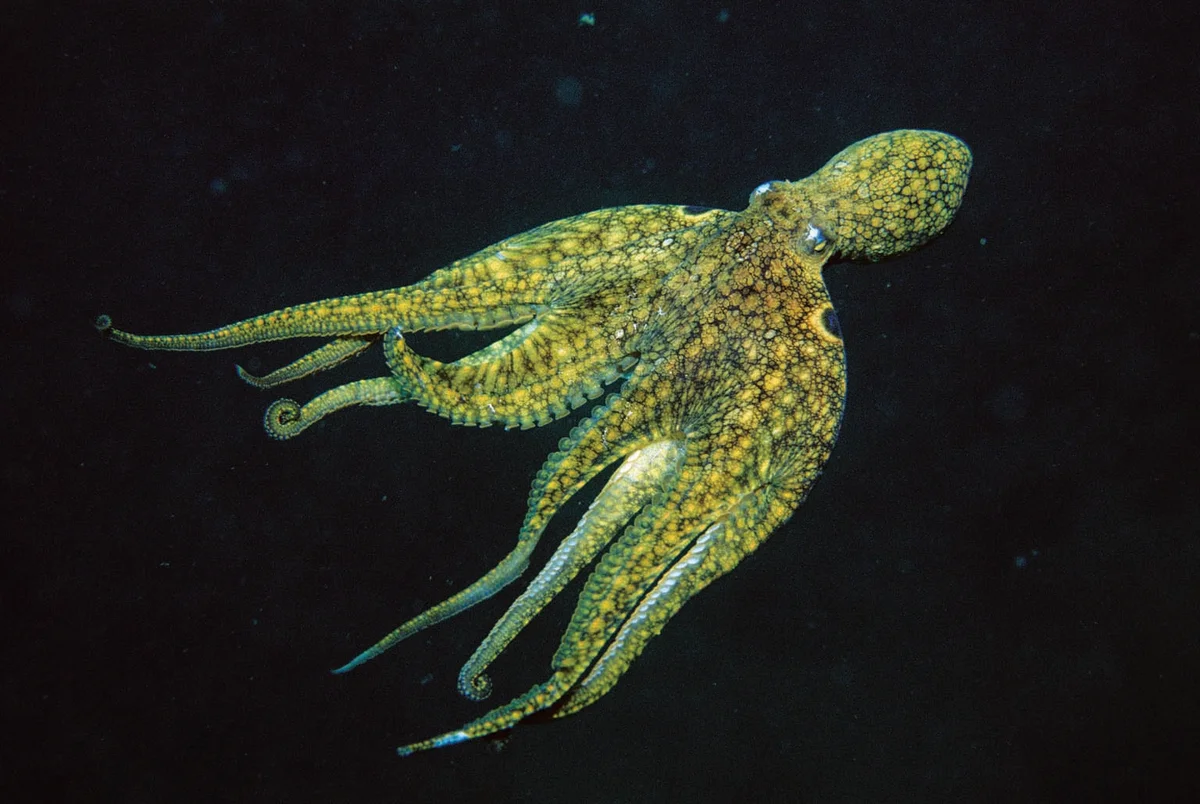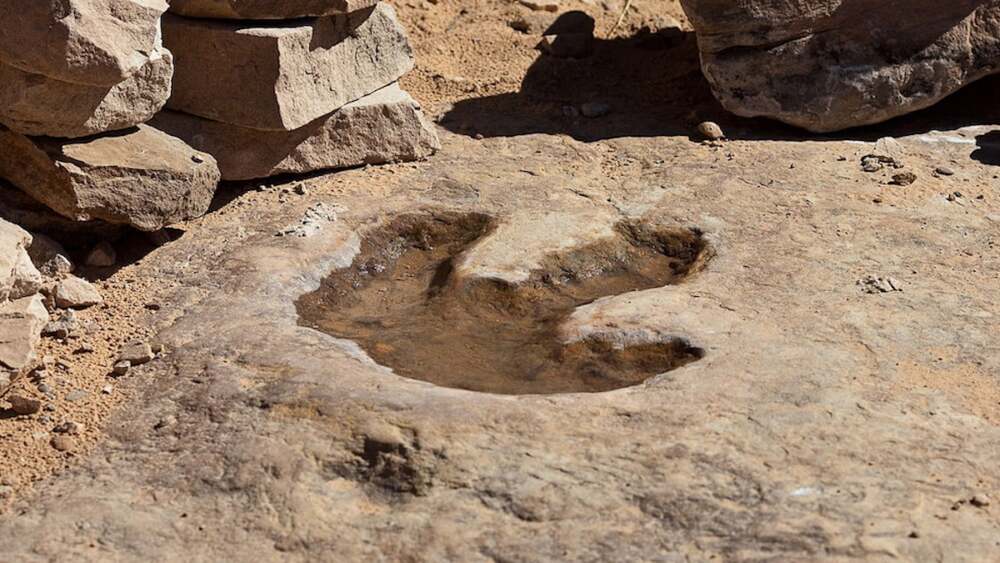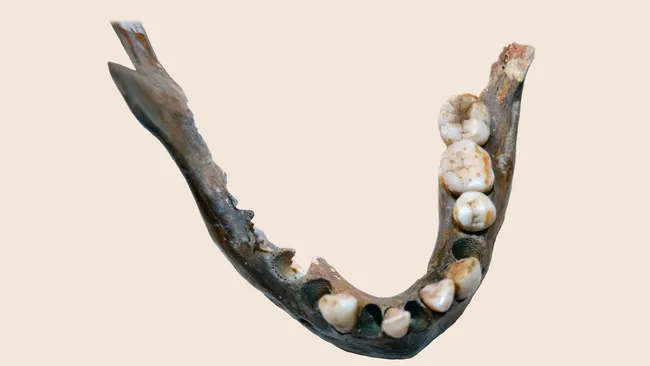A recent study of wild octopuses has revealed just how flexible their arms are in natural conditions—offering new insights into how they behave in the wild and what their biomechanics can teach engineers.
What Researchers Did
- Scientists collected video footage of 25 free-roaming octopuses across several shallow coastal habitats including coral reefs, mixed rubble, seagrass beds, and sandy or shell-rubble environments. Sizes of the observed octopuses ranged in mantle length from about 10 to 17 centimeters.
- The footage spanned diverse geographic locations (such as in the Caribbean, Florida, and parts of Europe), with recordings made over many years under natural foraging and non-disturbed behaviors.
What They Found
- Using a hierarchical classification, the team broke down octopus behavior into three layers: full animal behavior (e.g. foraging, exploring), individual arm actions (like reaching, curling, pushing), and arm deformations (how the arm bends, twists, flattens, lifts etc.).
- They catalogued over 10,000 arm actions and deformations. From that, they extracted 12 distinct arm actions that combine in different ways to produce around 15 different behavior types, some simple (2-3 actions) and others highly complex (8-11 actions).
- The variety of environments had a clear effect: more complex and diverse terrain (like mixed substrate or reef rubble) led octopuses to employ more elaborate arm deformations and combinations of actions. In simpler environments like sand plains or shell rubble, behavior was more restrained.
Why It Matters
- This research paints a much richer picture of how flexible and adaptable octopus arms are under natural conditions—not just in labs. Their arms can deform in multiple dimensions, adapt to textures, substrates, and maneuver in tight spaces, which supports complex activities like camouflage, prey capture, hiding, exploration, and escape.
- These findings feed directly into fields interested in soft robotics and flexible mechanisms. Octopus arms are often looked to as nature’s gold standard for flexibility without rigid joints. Knowing how they deform in wild, varying conditions helps designers mimic similar adaptability in robotic arms that need to bend, twist, and navigate uneven terrain or tight spaces.
Implications & Open Questions
- The variation across habitat types suggests that ecological context matters a lot for how animals use morphology. Octopuses in more rugged, complex environments use more of their “arm flexibility repertoire.”
- It remains to be studied how much inter-species variation there is—this study covered several species but didn’t deeply compare different ones under exactly matched behaviors.
- The neural control underlying such flexibility is still not well understood. How do octopuses coordinate multiple arm actions and deformations in real time, and how do they decide among possible motion paths?
- Also, quantifying forces, energy expenditure, and the limits of deformation (how far they can bend without damage, etc.) are promising areas for future work.
Bottom line:
Wild octopuses display an incredibly diverse suite of arm deformations and actions, used in combination to support complex behaviors. The findings deepen our understanding of their flexible biology and point the way for improved designs in soft robotics, where flexibility, adaptability, and subtle control are key.
















Leave a Reply